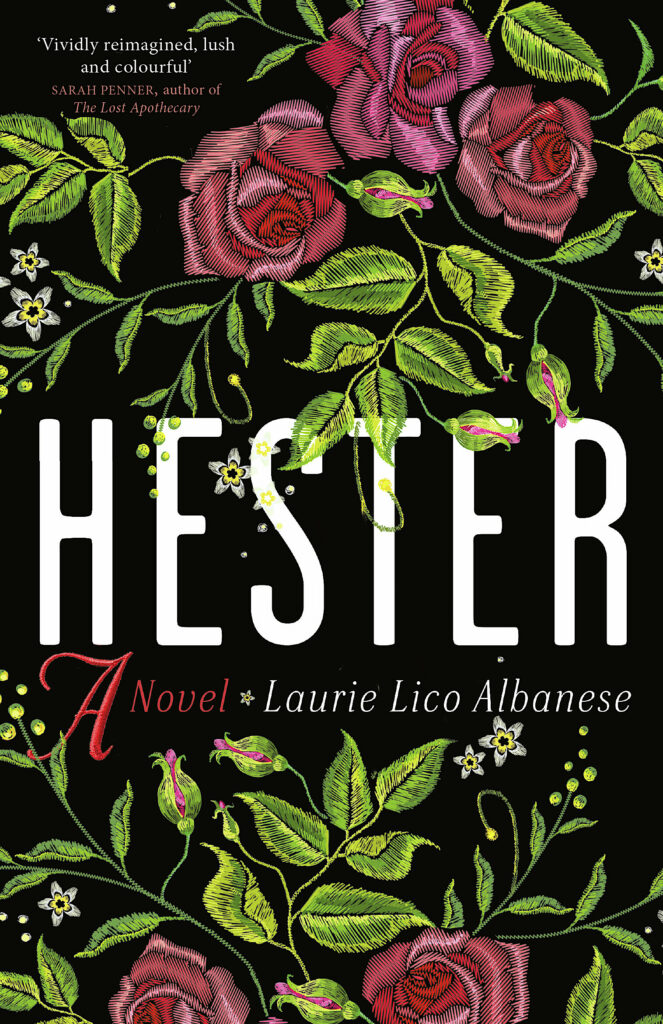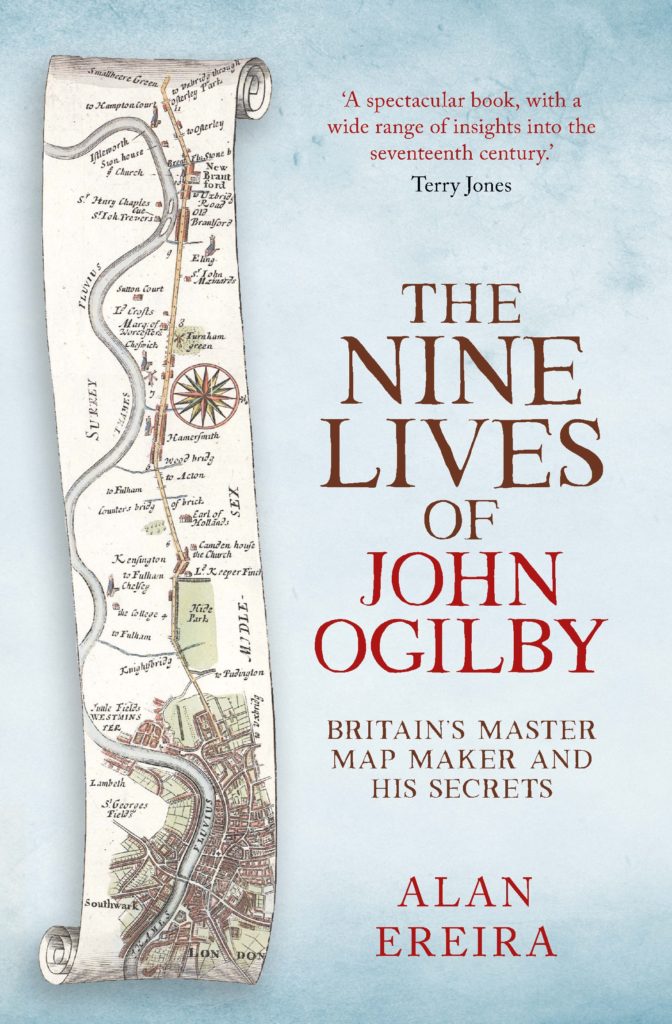
A major new photographic survey of Scotland’s post-war architecture by acclaimed photographer of Modernist buildings, Simon Phipps
Many of the new buildings that were constructed in the dynamic, socially motivated period of post-war architecture have now been repurposed, pulled down or left to slowly decay. But others still serve their community. Their impact is beautifully and boldly visible in Phipps’ photographs. From the Post Office of Inverness to the Gala Fairydean Rovers Football Club stand in Galashiels, these stadiums and homes, leisure centres and fire stations, churches and libraries, were built for a people and nation in flux, the architects envisioning a new era of opportunity.
Their popularity may have declined by the turn of the century, but recent decades have seen a new recognition of the talent and epochal spirit that created lecture halls and banks with equal emphasis on form, utility and function.
‘Impelled by ambitions of nation-building, Scotland’s outstanding cache of Brutalist buildings gave shape to how people lived, worked, studied, shopped, worshipped and spent their leisure time.’
Catherine Slessor, from the introduction to Brutal Scotland



